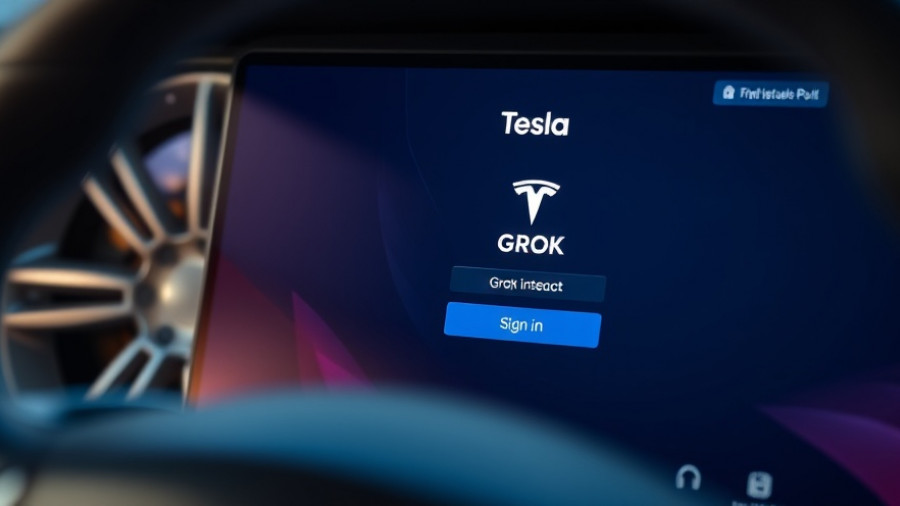
Microsoft and Grok 3: Pioneering Healthcare Innovation
Microsoft's recent integration of Grok 3, the flagship AI model from Elon Musk's xAI, into its Azure platform signifies a monumental step in the utilization of artificial intelligence within healthcare and scientific research. Grok 3, built on xAI's advanced Colossus supercluster, boasts ten times the computational power of earlier models and specializes in mathematics, coding, and contextual understanding, making it an esteemed tool for professionals seeking to enhance diagnostic accuracy and scientific inquiry.
What Makes Grok 3 Stand Out in AI Solutions?
The accessibility of Grok 3 through Azure's AI Foundry allows for a wide array of applications tailored for enterprise environments. The model is designed not only to deliver sophisticated reasoning but also to independently generate solutions. Users will find Grok 3 particularly valuable in analyzing medical images, as promoted by Musk himself when he encouraged followers to submit X-ray and MRI scans for AI-powered diagnostics. The potential for improved patient outcomes through AI applications is profound; however, it invites intense scrutiny amid questions of data privacy and accuracy.
Addressing Regulatory Concerns: A Double-Edged Sword
As innovative as Grok 3 might be, its medical applications are not without controversy. Concerns have emerged regarding compliance with the General Data Protection Regulation (GDPR), particularly regarding how user data is harnessed to train the AI. The Irish Data Protection Commission's inquiry reflects larger fears about privacy and ethical use of AI in sensitive fields like healthcare. These discussions underline the necessity for transparent protocols in AI development, especially when patient data is involved.
Future Implications of AI in Healthcare
The integration of AI models like Grok 3 into healthcare is poised to transform traditional practices, paving the way for remote diagnostics and patient monitoring systems. The future may see AI augmenting clinical decision-making processes, where physicians could leverage Grok 3 for instant insights, thus shortening the response time for diagnoses and treatment planning. This shift may bring forth a new era where AI serves as co-pilot in patient care.
Understanding the Skepticism Behind AI Diagnostic Tools
Skepticism surrounding AI-generated diagnostics persists, especially given the current developmental stage of Grok. Critics argue that reliance on AI without sufficient human oversight could lead to erroneous conclusions or misdiagnoses. It is vital to approach AI integrations into healthcare with caution, ensuring that they complement rather than replace the nuanced judgment of medical professionals.
Looking Ahead: Grok 4 and Beyond
As discussions on Grok 3 evolve, the anticipation for Grok 4 and its potential advancements in AI capabilities intensifies. Continued iterations of AI models could lead to unprecedented accuracy in medical diagnostics and scientific research. For healthcare providers, staying informed and involved with AI trends could ensure they leverage these technologies effectively, thus enhancing patient care and operational efficiency.
 Add Row
Add Row  Add
Add 




Write A Comment